News
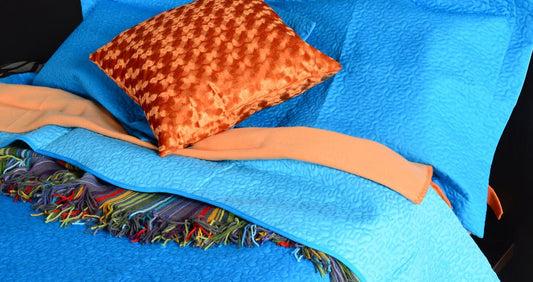
What Is A Comforter? A Buyer's Guide
Bedding that is both soft and supportive is the cherry on top of an already cozy sleeping environment brought about by a new mattress. A comforter that is soft and...
What Is A Comforter? A Buyer's Guide
Bedding that is both soft and supportive is the cherry on top of an already cozy sleeping environment brought about by a new mattress. A comforter that is soft and...

The Pros & Cons Of Sleeping Without A Pillow
Most people would not dream of going to bed without their trusty pillow, which is specially shaped to support their head, neck, and spine as they sleep. Other people, however,...
The Pros & Cons Of Sleeping Without A Pillow
Most people would not dream of going to bed without their trusty pillow, which is specially shaped to support their head, neck, and spine as they sleep. Other people, however,...
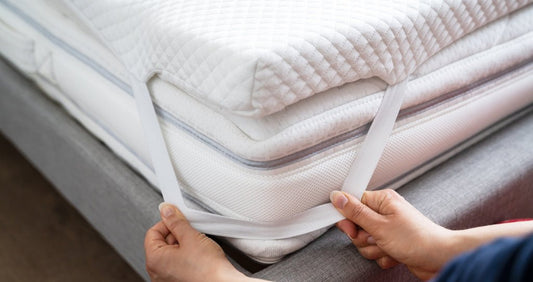
Mattress Topper Benefits: 6 Reasons You'll Love It
Mattress toppers are soft, detachable cushions that are laid on top of a mattress before bed and covered with sheets. You may find mattress toppers in standard sizes like twin,...
Mattress Topper Benefits: 6 Reasons You'll Love It
Mattress toppers are soft, detachable cushions that are laid on top of a mattress before bed and covered with sheets. You may find mattress toppers in standard sizes like twin,...
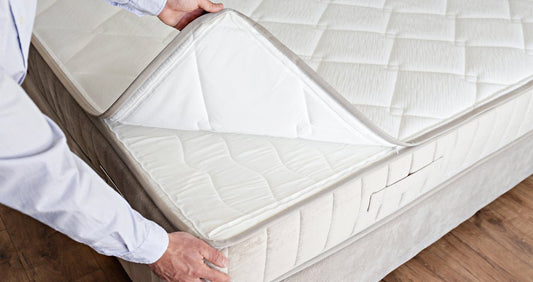
Mattress Pad Vs. Mattress Topper: Which Option ...
Protecting and softening mattresses are the two main functions of mattress pads and toppers. Pads for your mattress are a great way to make your bed more comfortable. Mattress toppers...
Mattress Pad Vs. Mattress Topper: Which Option ...
Protecting and softening mattresses are the two main functions of mattress pads and toppers. Pads for your mattress are a great way to make your bed more comfortable. Mattress toppers...
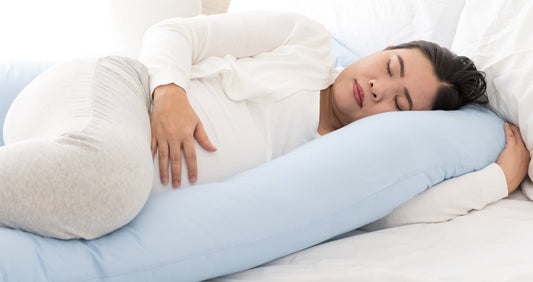
Learn How To Use A Pregnancy Pillow To Promote ...
Because of the wide variety of pregnant and maternity pillows available, choosing the appropriate one might be challenging. Just when you thought being pregnant was not already hard enough! In...
Learn How To Use A Pregnancy Pillow To Promote ...
Because of the wide variety of pregnant and maternity pillows available, choosing the appropriate one might be challenging. Just when you thought being pregnant was not already hard enough! In...
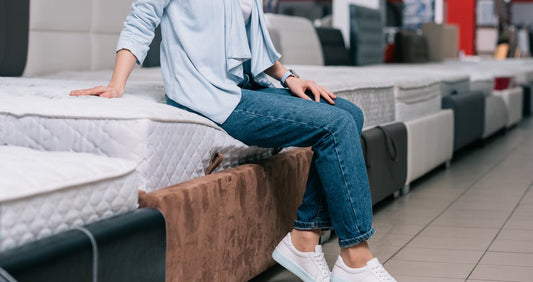
How To Choose A Mattress: Factors To Consider
Sleeping well is one of the most important things we can do for our health, and doctors agree. Many of us fail to recognize the benefits of a good mattress...
How To Choose A Mattress: Factors To Consider
Sleeping well is one of the most important things we can do for our health, and doctors agree. Many of us fail to recognize the benefits of a good mattress...
